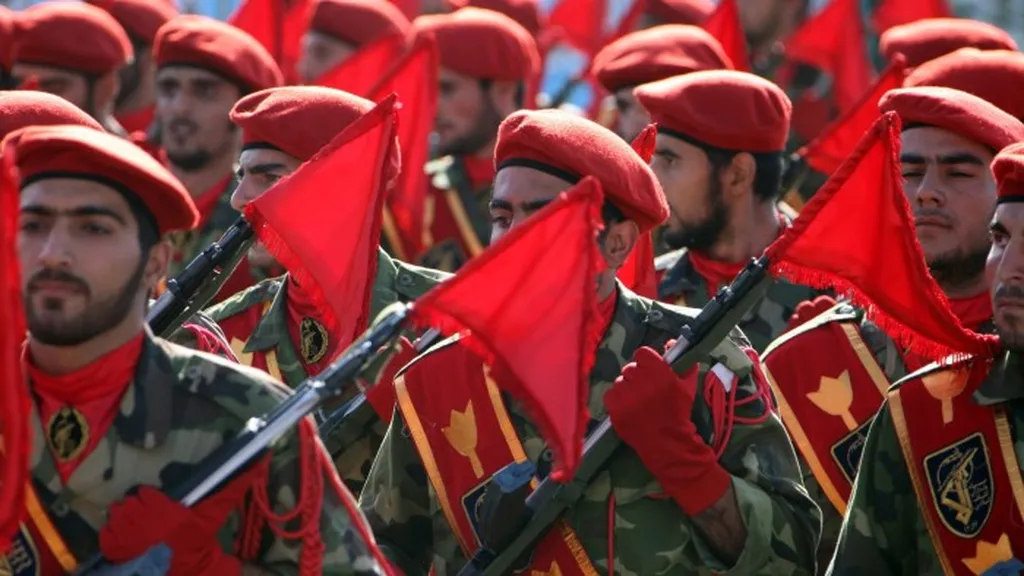In the heart of Iraq, a quiet revolution is taking place, one that could reshape the way we understand and utilize land. Hasham Mohameed Abdalhadee, Chief Engineer at the Nineveh Roads and Bridges Directorate, is leading this charge with a novel approach to updating old agricultural cadastral maps. His research, published in the ‘NTU Journal of Engineering and Technology’ (New Technology University Journal of Engineering and Technology), promises to bring the past into the digital age, with significant implications for the energy sector.
The story begins with a problem that has long plagued Iraq: outdated cadastral maps. These maps, the only ones available for ownership, are used by various government departments and state institutions. However, they are often inaccurate and in dire need of an update. “The development of surveying devices and methods has left our old maps obsolete,” Abdalhadee explains. “We needed a way to bridge the past with the present, to re-browse the old calendar with a modern digital one.”
Abdalhadee’s solution lies in a re-measurement-based modernization approach. By employing modern Differential Global Positioning System (D.G.P.S) scanning devices and Geographic Information System (GIS) software, he aims to produce new, accurate maps. The study area, the Mosul district, serves as a testament to the efficacy of this methodology. “The results of the study area showed that the methodology used in the research can produce a new correctly-measured map,” Abdalhadee asserts.
The implications of this research are far-reaching, particularly for the energy sector. Accurate land mapping is crucial for the exploration and extraction of natural resources. With precise maps, energy companies can make informed decisions, minimize environmental impact, and maximize efficiency. Moreover, updated cadastral maps can facilitate land ownership disputes, a common issue in the energy sector.
The methodology used in this research could shape future developments in the field. As Abdalhadee puts it, “This is not just about updating maps. It’s about creating a solid scientific update methodology that can be applied anywhere, anytime.” The projection WGS 1984_ UTM Zone 38 used in the Mosul district could serve as a blueprint for other regions, both in Iraq and beyond.
In the end, Abdalhadee’s research is a testament to the power of innovation. By re-browsing the old calendar with a modern digital one, he is not just updating maps. He is reshaping the future of land use, one accurate measurement at a time. And in doing so, he is opening up new possibilities for the energy sector, paving the way for a more efficient, sustainable future.

